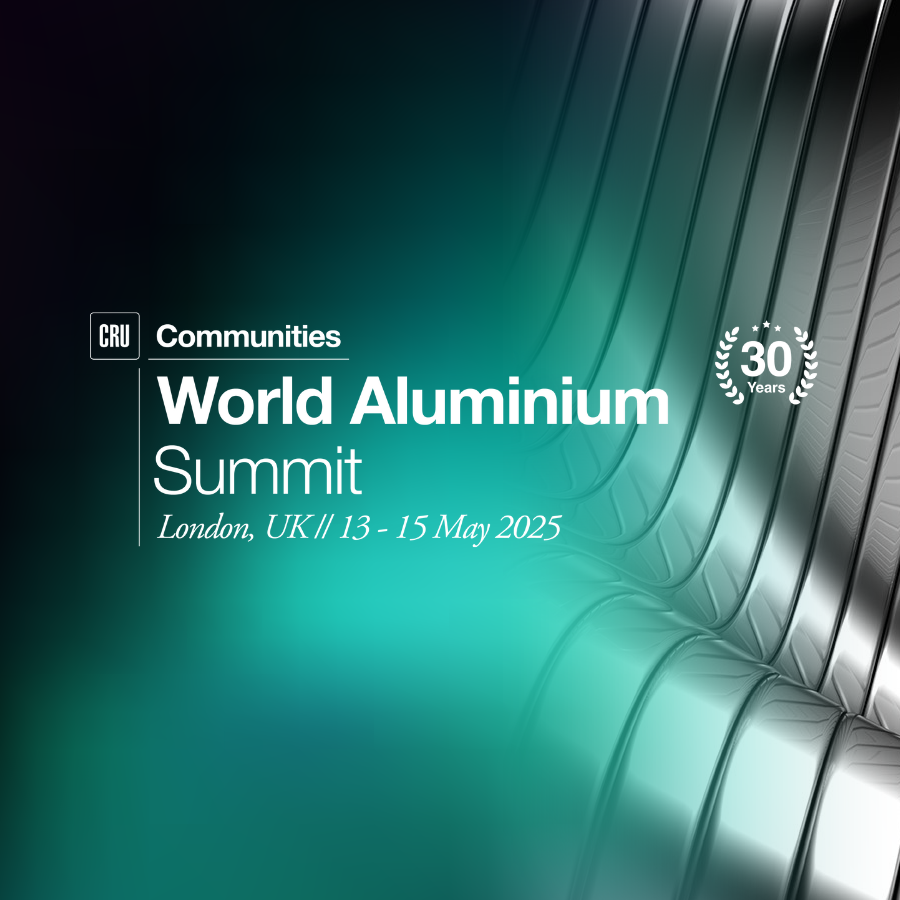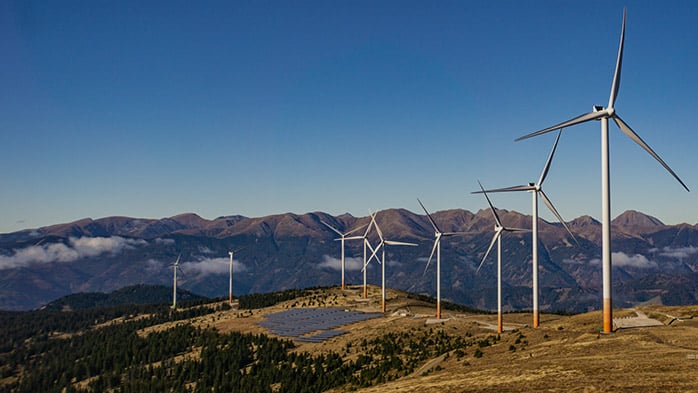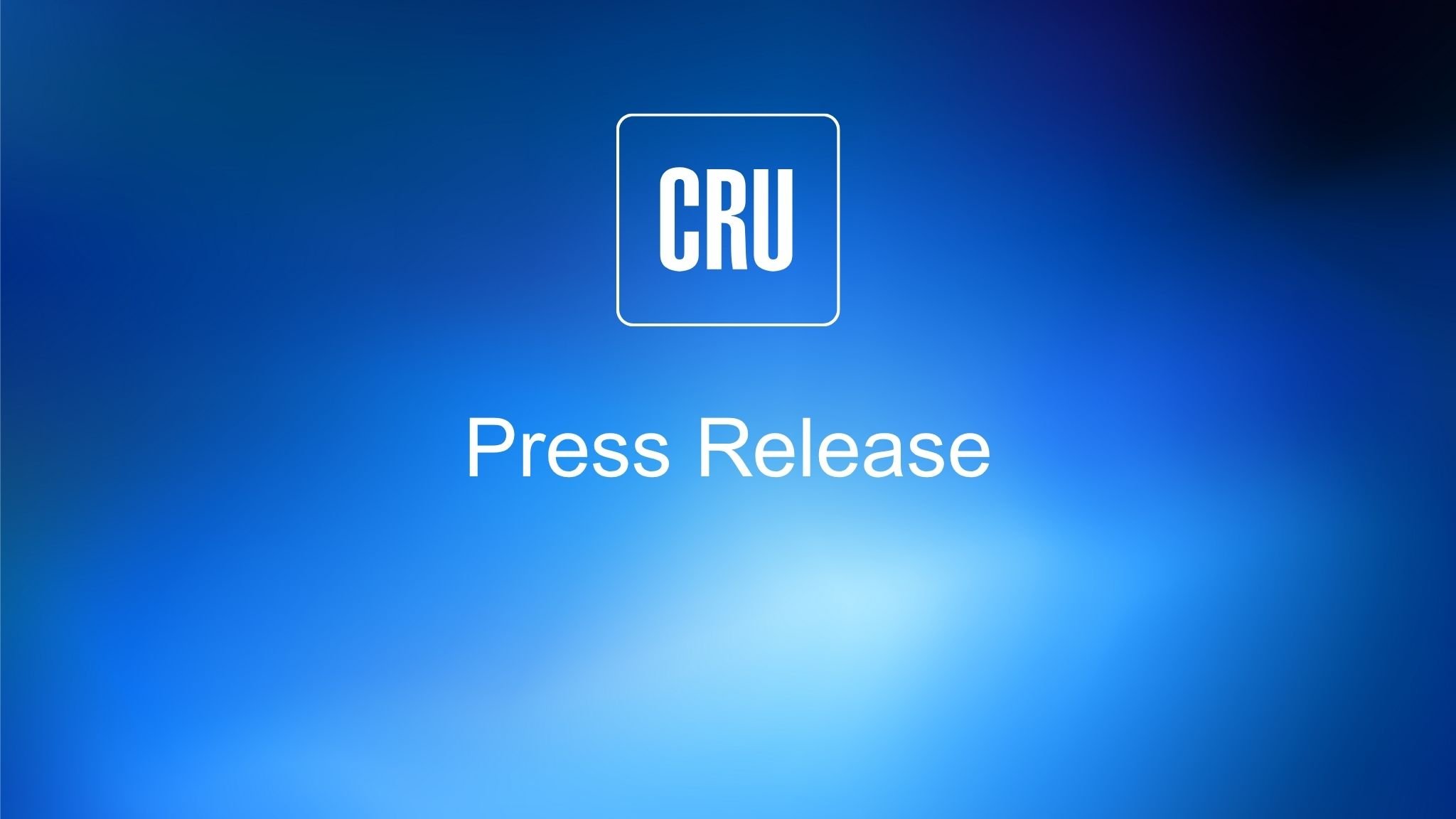This Insight covers the five most important calls regarding the supply and demand fundamentals for the 2025 zinc market from a recovery in mine supply, increasing smelter overcapacity, a potential record low benchmark TC to the challenges of demand recovery
After three years of contractions, global mine output is set to increase in 2025, with an expected growth of about 2% y/y. Chinese mine supply is likely to remain essentially flat y/y in 2025 despite Huoshaoyun – a 500,000 t/y mine which started production in 2023 – continuing to ramp up. Meanwhile, ex. China mine output is forecast to grow by 3.3% y/y. This is due to the ramping up of recently started operations in Mexico, Russia and DRC, as well as restarts of previously idled operations. However, the main driver of 2025 growth is expected to be the Antamina mine in Peru returning to 2023 output levels.
China is expected to deliver an 8% y/y increase in smelter capacity in 2025 – the strongest in 14 years. This is largely because Kunlun Zinc is expected to start operations at its new integrated 560,000 t/y zinc smelter in Xinjiang in late Q3.
The ramp-up of the Kunlun Zinc smelter and several other new ones is expected to add 600,000 t/y of capacity in 2025. Given the flat Chinese mine supply outlook, this is anticipated to result in higher concentrate imports to China, relative to the 2024 level, therefore adding to the factors keeping the TCs low. Low utilisation rates and an extended period of uneconomic TCs will likely result in some curtailments in 2025. Europe remains particularly vulnerable due to high energy prices and other cost inflation.
Given the historical pattern between spot TCs and the established benchmark terms, we expect that the exceptionally low current spot TCs will lead to a new record low for contract terms in 2025.. The smelting industry is expected to continue struggling with its profitability, given significant overcapacity relative to the available concentrate. If utilisation rates, and consequently TCs, were to revert to the healthier level seen in 2023, approximately 1000 kt of smelting capacity (equivalent to 7% of the global total) would need to be shut down in 2025. While, we are expecting curtailments, they are likely to be on a much smaller scale, and thus, the pressure on TCs coming from the large overcapacity will remain.
Global zinc demand has been on a negative trajectory for the past seven years, equivalent to a 0.6% average annual decline. CRU Economics forecasts a recovery in industrial production (IP) for all world regions in 2025 after 2 years of contraction. Zinc demand has been, on average, lagging IP and will likely continue this trend in 2025. Zinc consumption does not benefit much from the energy transition, while a boom in construction and infrastructure applications that constitute the primary zinc consumers has largely come to an end globally. Although we may see some demand growth in 2025 in China on new stimulus measures, in North America due to re-industrialisation efforts and in Europe on a possible bounce back from a very low base – zinc demand outlook remains less attractive compared to the other base metals. Zinc usage by the fast-growing renewables sector is still too small to have a meaningful impact on the total demand.
Substitution and thrifting trends will likely become more important in zinc applications in 2025. Zinc prices remained, on average, 20% higher (in real terms) during the period 2017 to 2024 compared to the eight years before on the back of tight supply. Our forecast is for the prices to remain on the upward trajectory. The economic situation will face challenges in many world regions in 2025, both for individual consumers and businesses, thus making users more price sensitive. Also, prices for stainless steel, the main alternative to galvanized steel, are forecasted to stay at historically low levels (in real terms) in Europe and the US and at the lowest level in 20 years in China – thus making stainless steel a more attractive alternative in long-lasting applications compared to galvanised steel. And finally, new cheaper corrosion-resistant materials – such as powder-coated steel – are getting better functionality and are able to capture market share from traditional solutions using zinc.
















